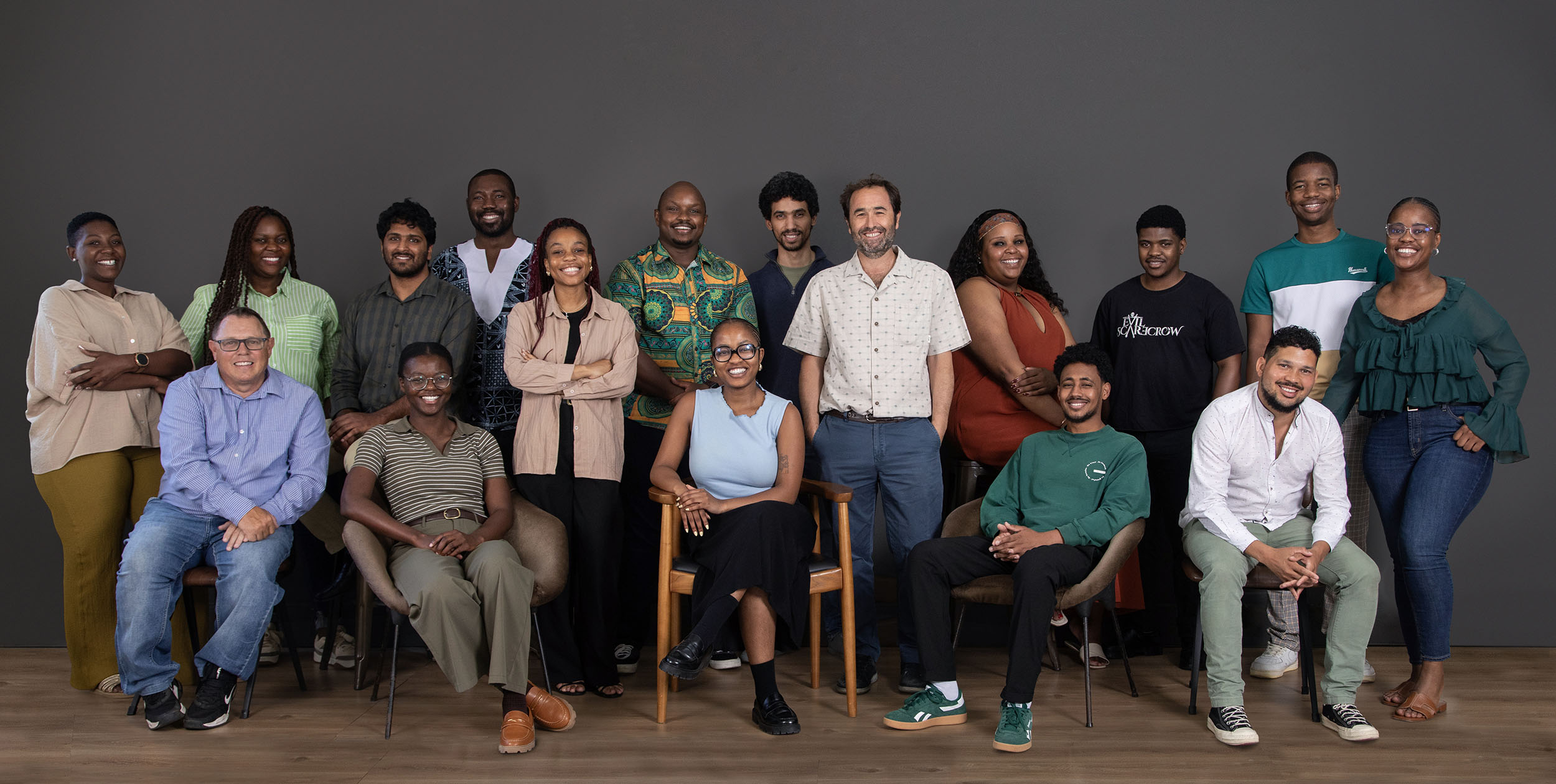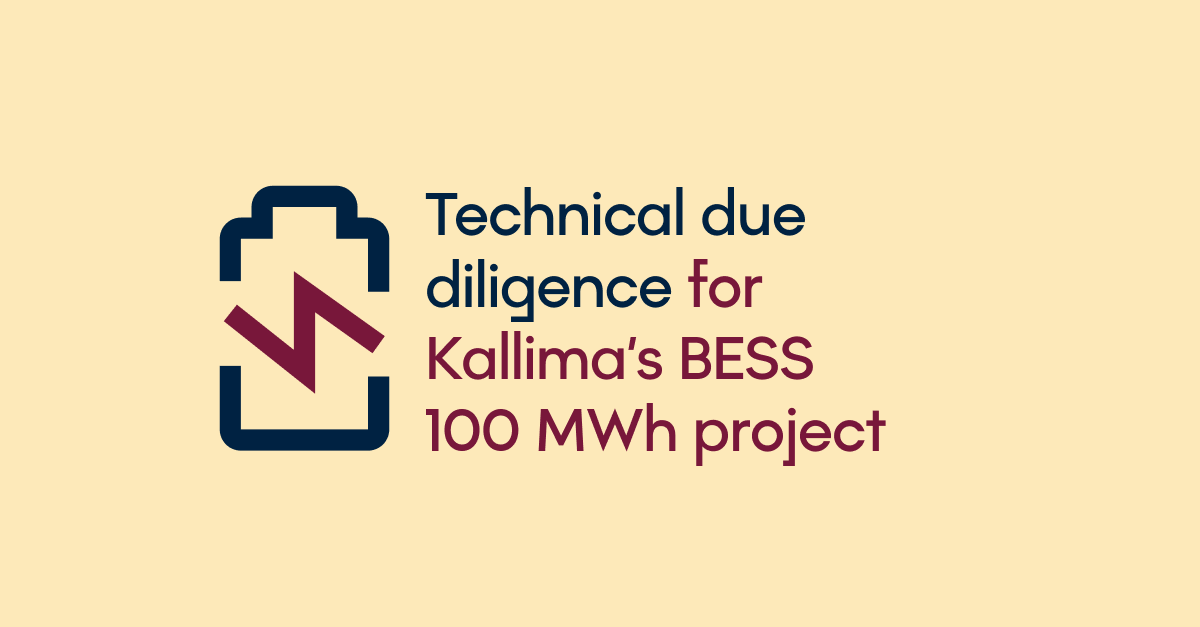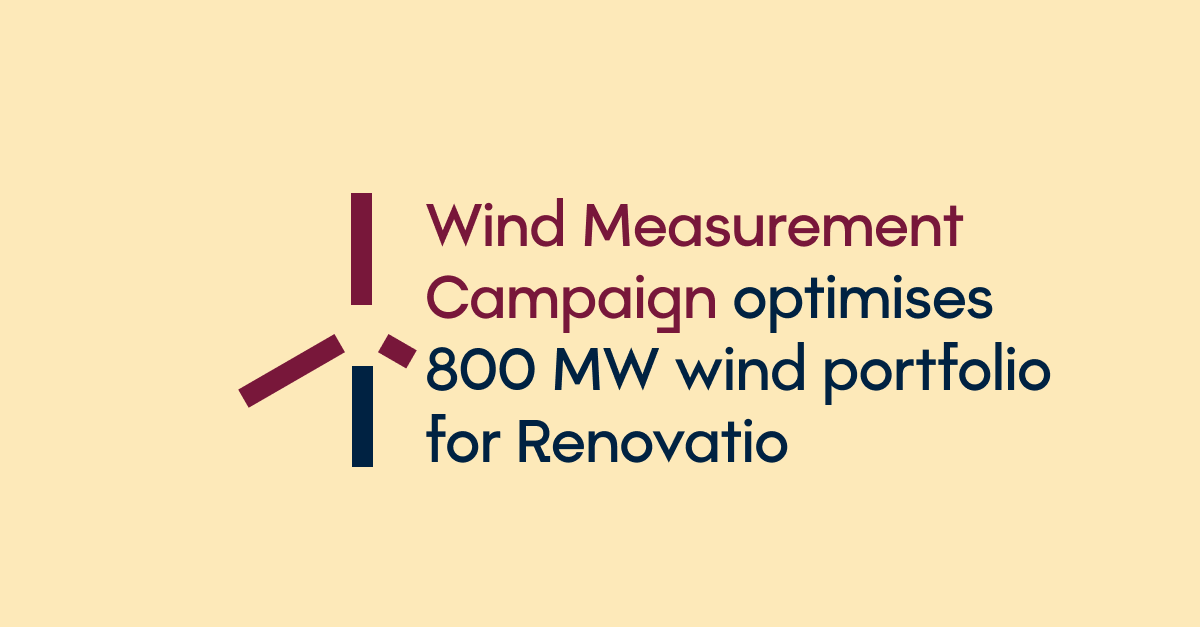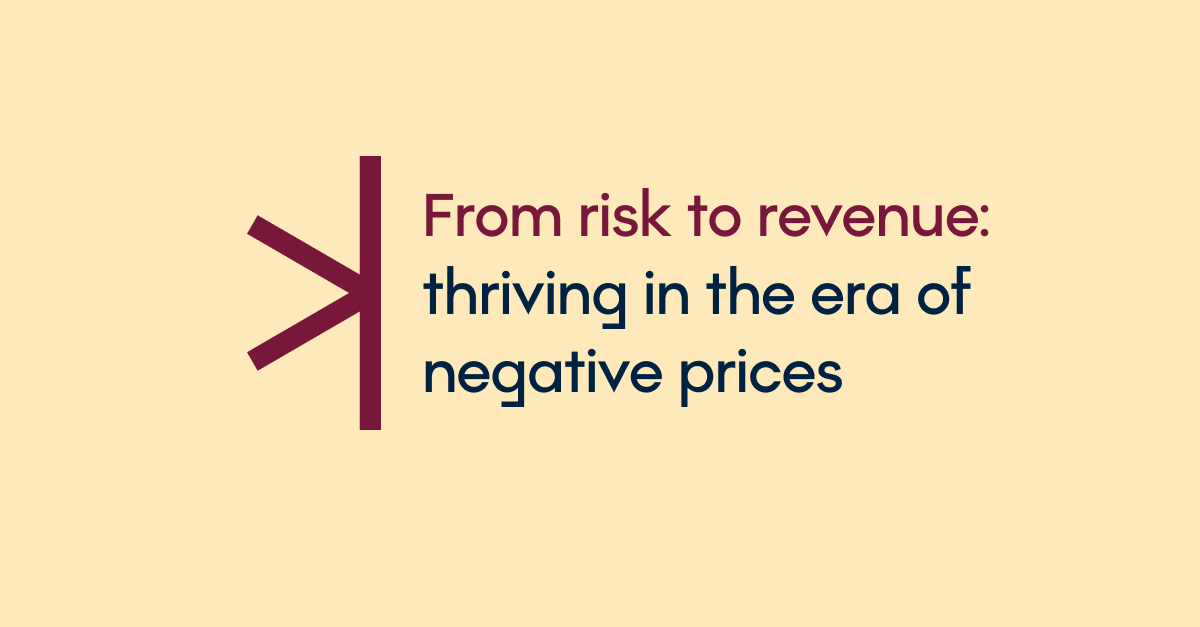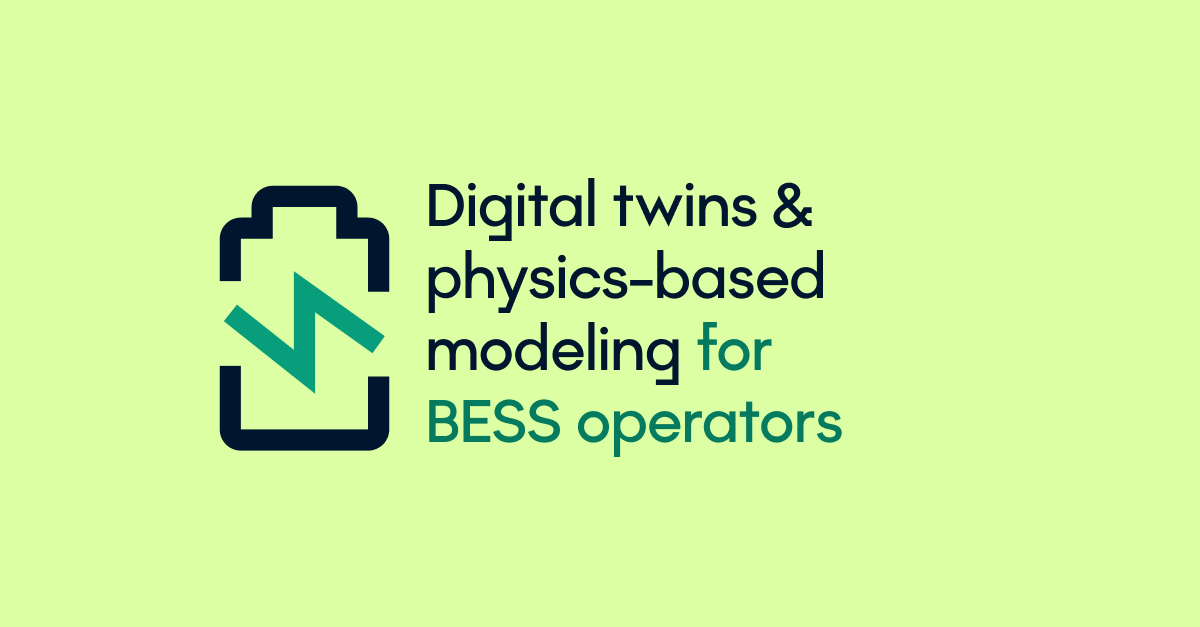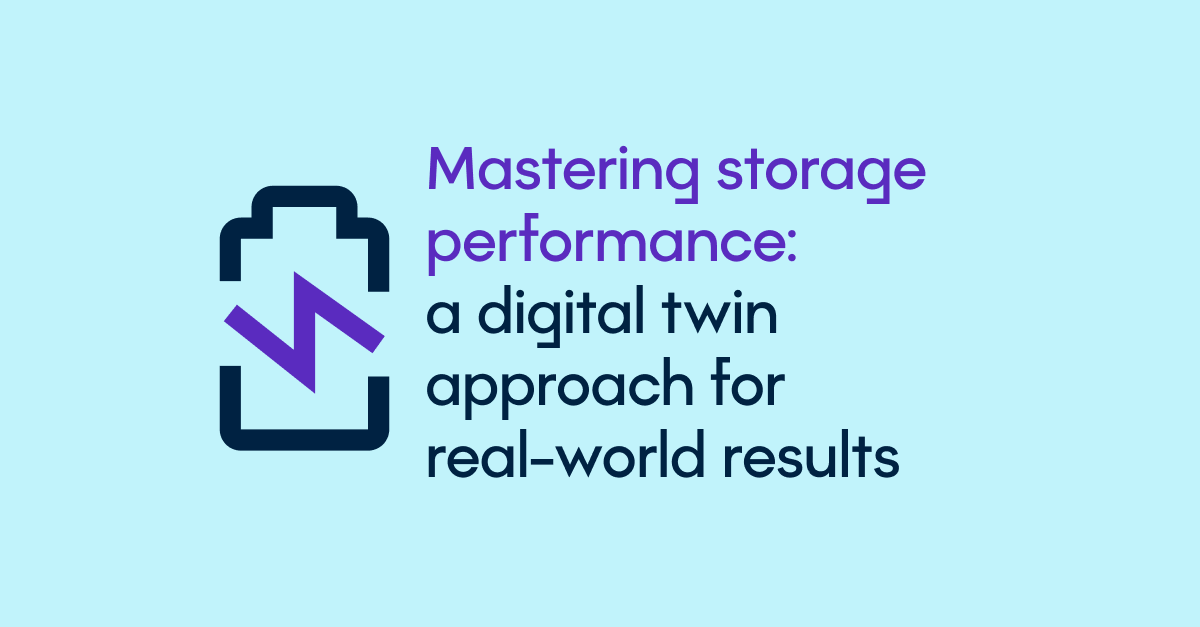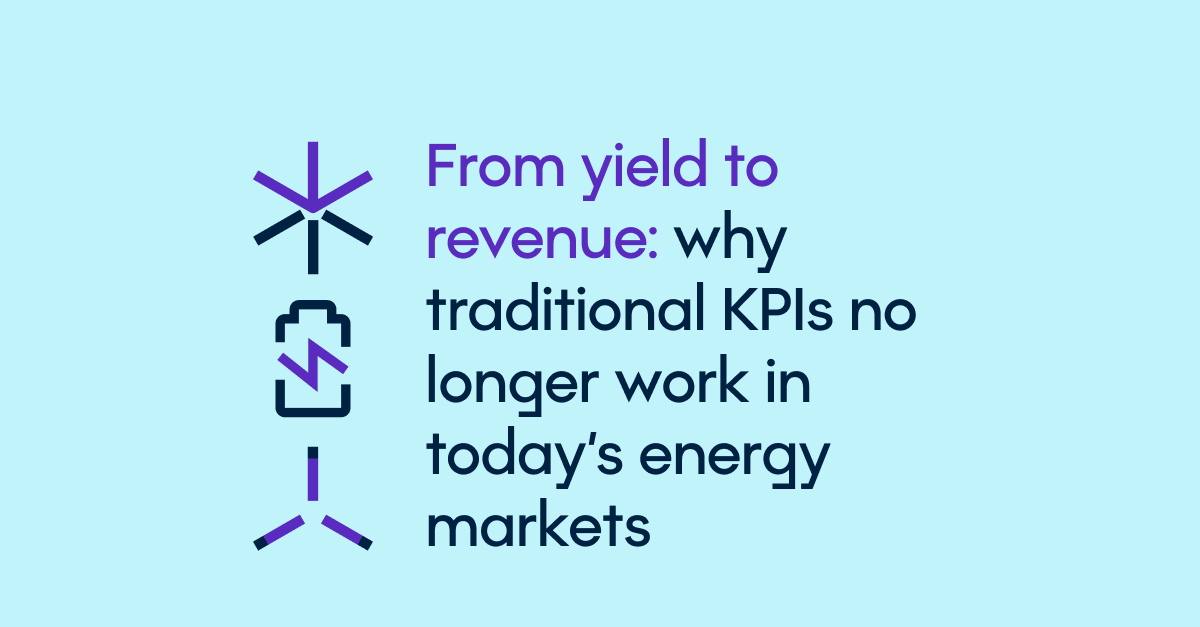What if the wind could talk? What if the sun could tell its secrets?
Those may sound like sci-fi movie questions, but technological advancements in ML (Machine Learning), AI (Artificial Intelligence), and Digital Twin have already paved the way for us to predict, analyse, and transform answers to such absurd What-If questions.
For us at 3E, digitalisation is an opportunity to ask what if. But, before we dive into digitalisation, it is important to understand the differences between digitisation and digitalisation.
- Digitisation: Converting data, documents and processes from analog to digital
- Digitalisation: Transforming business processes by leveraging digital technologies, ultimately resulting in opportunities for efficiency and increased revenues
In a nutshell, digitisation refers to information, while digitalisation refers to transformation.
An early example of digitalisation: weather forecast
For obvious reasons, weather is a key aspect for renewables. As it happens, weather forecast is one of the very first examples of digitalisation. Until the 1940’s, numerical predications were done manually by a number of human “computers”. Since it took 6 weeks to compute a forecast for 6 hours ahead, this was not a viable model. This changed completely with the first numerical weather prediction by computer. The first digital weather forecast happened as early as 1950, using the Electronic Numerical Integrator and Computer (ENIAC), the first programmable, electronic, general-purpose digital computer.

Data and analytics are the thread that carries our digitalisation effort
Whereas data provides information, analytics provides insights that lead to more informed decisions.
Weather data is also at the core of what 3E does. Long-term yield assessment is a prime example of what we have been doing since day one. Estimating irradiation from satellite images and then simulating yield based on plant technical data allows our customers to optimise the location and design of a plant, which also aids in project financing.

In 2010, we thought what if we could use this type of technology during the plant's operational phase Digitalisation enabled continuous re-runs of the yield simulation, based on actual weather data and a physics-based Digital Twin of the plant.
Such continuous re-runs allowed us to use simulation on real-time data to understand how energy performance varies over time. Based on this simulation, we calculate the energy performance index (EPI), by dividing measured energy by predicted energy.
Plant performance has traditionally been calculated using PR (Performance Ratio), a straightforward calculation that does not require considerable digitalisation. But “what if” we don’t have to rely on simple formulas. As, PR can vary widely even with constant plant performance. For example, if a plant is overdimensioned, strong irradiation, particularly when combined with low temperatures, might produce inverter clipping, resulting in a drop in PR. So, even if everything is going smoothly, the PR suffers. As this example shows, a decrease in PR may imply a decrease in performance, but it could also be due to noise.
Thanks to the advanced algorithm to determine the predicted energy, the EPI takes all these factors into consideration, such as clipping. As a result, while PR fluctuates by plus or minus 10% in a well-functioning plant, this fluctuation is reduced to plus or minus 5% with the EPI. This reduction in signal noise enables for much earlier detection of underperformance, which leads to increased yield after faults are resolved.

However, detection is just the first step.
Diagnostic analytics explains why things happen the way they do – from hindsight to insight. The next step is foresight: predictive analytics tells you what is likely to happen in the future. Combining insight and foresight, prescriptive analytics advises you on how to future-proof your operations.
Digitalisation is an ongoing process, and we are developing increasingly complex technology that will add more and more value. We realized that by asking what if, we could progress from hindsight to insight to foresight.

With our advanced analysis, SynaptiQ took another significant step towards insight and foresight, by automatically breaking down the gap between expected and observed energy to identify performance losses. This allows for the immediate detection of faults, even before they affect the overall KPIs.

To illustrate how SynaptiQ's customers benefit from early detection of losses, the chart below depicts an example of a performance analysis. As you can see, EPI is around 90-95%, except in winter because of shading and snow. But then, in April and May of 2020, EPI suddenly falls below 85%. We can now see from our analysis that this is due to inverter temperature derating, but without our analytics, it would have taken our customer many hours to discover this. The most intriguing aspect is that the temperature decline was detected one year earlier, even though the energy loss was below 0.5%. This means that the 2020 loss could have been avoided entirely.

With these examples, we discover that asking what if to our processes and data results in a continuous cycle of digitalisation for our customers, providing an opportunity to maximise performance while reducing costs.
In conjunction with Bridge to India, we recently presented our approach to digitalisation in detail and spoke with industry experts to demonstrate the geographical reach SynaptiQ has with renewable assets data.

You can only make sound decisions if your information is wide and contextual. To put it another way, the more data collected, the more accurate the predictions.
Watch the recording of our webinar session here.
What if’s we are exploring now
- Why using meso-scale time series when you can get an accurate and comprehensive wind resource dataset at micro-scale and sub-hourly resolutions?
- Why use 5-6 different tools for your asset development, operational and maintenance needs? How can SynaptiQ offer a full suite of SaaS solutions for development, operational asset management, and advanced analytics?
Wish to know more about SynaptiQ? Check our dedicated webpage or contact us.
Want to get a live SynaptiQ demo and talk with our product managers about digitalisation? Join us at Renewable Energy India Expo from 28-30 September (Booth 14.155)



